The goal of regenerative agricultural practices is to promote not only climate change mitigation but also improved productivity and profitability for producers as their soil regains fertility and resiliency.
The U.S. Department of Agriculture lists a variety of regenerative agriculture practices, including feed management to reduce enteric emissions and prescribed grazing, as providing additional benefits that will improve soil health and provide other ecosystem benefits.
For Alan McAnelly, owner of Hamilton, Texas-based Hamilton Sheep Station, regenerative agriculture means, “We are a ma and pa operation trying to be efficient in producing a ram needed by the rancher raising lamb for the supper table.”
McAnelly’s agricultural roots run deep, growing up on a cotton and cattle farm in the Texas Panhandle, “Where everyone plowed deep and added fertilizer, with parents who grew up in the Depression and Dust Bowl,” he said.
It was a tough life, and everybody lived off the farmer and rancher, McAnelly said.
He graduated college in 1969 with a degree in veterinary medicine, eventually retiring in 2002 and buying land in Hamilton in central Texas.
“I bought four different places that had been old German homesteads next to each other and started raising Registered Dorper sheep, running around 400 to 500 ewes,” McAnelly said. “We supply commercial lamb producers with hardy, high quality rams for the breeding of their ewes.”
He later added some cattle - an Angus/Herford crossed with a South Poll bull.
“I think sheep and cattle are necessary for a ranch in central Texas to utilize all the substandard pasture and grasses,” he said.
McAnelly said his operation’s main goal is to help improve the commercial sheep using its Dorper rams, raising rams to the standard needed for commercial meat-producing ewe flocks that range from 500 to 5,000 ewes, sometimes on hot, dry, substandard pastures.
“Dorper lamb has a sweet, delicate meat flavor, and with regenerative agriculture this fits in to what the younger consumer wants,” he said. “Regenerative agriculture has become quite popular with the new generation of commercial sheep producers that supply lamb to the modern lamb-eating consumer.”
Embracing regenerative agriculture
McAnelly’s inspiration for adopting regenerative agriculture techniques was in part to save the land – but also to save time and money.
“I had always planted oats in September for winter grazing, which the sheep love,” he said. “Then I would plow the field two or three times before planting again for the spring/summer crop of sorghum/sudan. This process of plowing at least three times a year and fertilizing twice a year, with chemical application of pesticides, was time and money-consuming.“
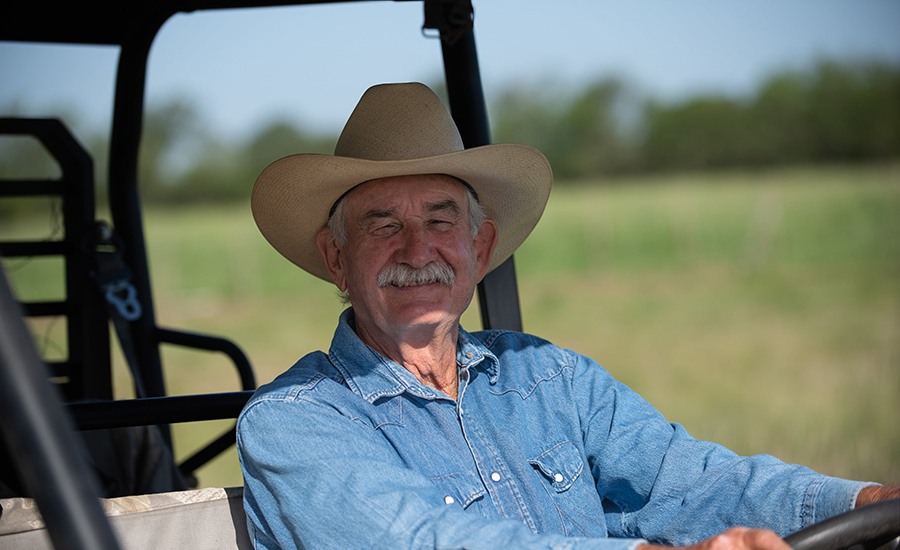
He had many questions about regenerative agriculture no one could answer, so McAnelly started reading books and seeking information on regenerative agriculture techniques. He eventually found some answers thanks to Nic Vos, a Kansas-based producer with experience producing no-till and dryland crops and raising sheep in southwestern Kansas.
“I had heard Nic Vos in Kansas talk on cover crops, realizing I need a better summer crop,” McAnelly said. “We invited Nic to Texas several times to give talks. Then Nic came to my place, and we discussed the different variety of crops for my winter and summer grazing.”
That lead to MacAnelly adding half a dozen different plants, stopping use of commercial fertilizers and chemicals, buying a no-till drill, and reducing plowing – eventually completely stopping plowing.
McAnelly said he and his wife, Jolene, started noticing that their land was more productive while requiring less time, equipment, and money. In particular, their weaning lambs did well -- especially the younger, thinner lambs -- without any supplements, he said, greatly reducing their feed costs.
“We are improving our soil and giving our sheep a better diet -- with less inputs,” he said. “Regenerative agriculture is greatly reducing the greenhouse gases. I am storing more carbon and nitrogen in the soil by not plowing and using commercial fertilizers instead of releasing it into the atmosphere. A diversified plant crop with their roots were taking nitrogen and carbon out of the atmosphere. Some plant roots open to loosen the soil so more water could penetrate in field, and high carbon in my soil helps to retain water. Plowing was destroying the earthworms and all the little holes in the ground. With cover crops and livestock grazing for the cash crop, we have healthy soil, healthy plants, healthy animals -- and healthy people.”
First steps
A key consideration to keep in mind for livestock operations weighing whether to incorporate regenerative agriculture practices into their production is that the vast majority of inputs, supplies, technical resources, and support is geared to meet the needs of conventional agricultural production.
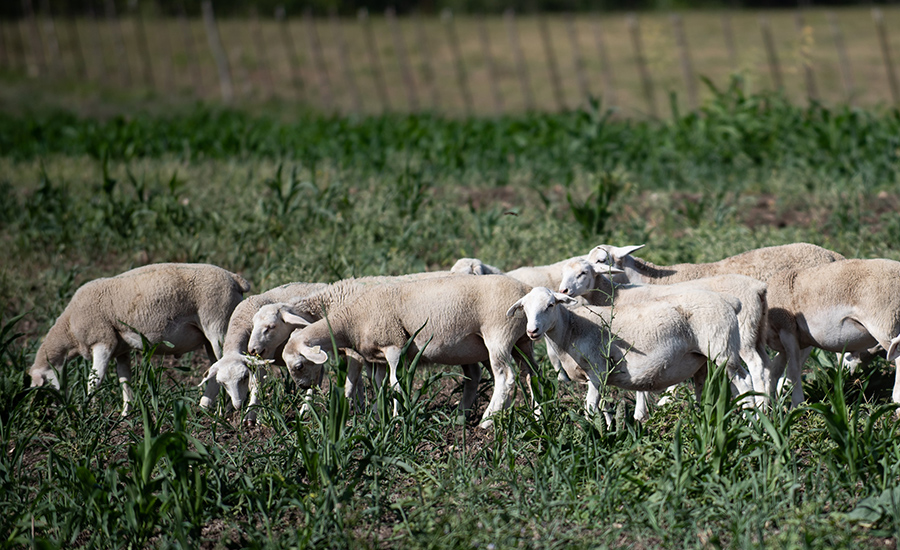
“Industrial agriculture is a big business that supports big businesses like equipment, and chemical and fertilizer companies,” McAnelly said. “Universities receive a lot of grant money from big businesses. The government has programs and insurance plans to bail out the farmer in bad times.”
In addition to those systemic challenges, transitioning to regenerative agriculture brings with it familiar operational challenges. Many farms have several family members, owners, a landlord, and /or bankers to deal with.
“Farm labor is a big issue -- the cost of equipment and maintaining of equipment and the farm’s physical condition,” McAnelly said. “Plumbers and mechanics are very expensive.”
Practicing regenerative agriculture requires an added commitment of time, patience, and money on top of all that.
“To make changes is difficult – changing to no-till and reducing chemicals and fertilizers probably will reduce production for a short time, which will decrease gross income,” McAnelly said. “But the land is coming alive with all the little organisms that make your land fertile. Here on our ranch, we plant two seasons a year, and it was three years before we noticed our soil and crops improving. Now we have increased production with less input cost. Livestock is necessary in our program.”

.png?height=96&t=1647275041&width=96)
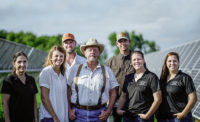
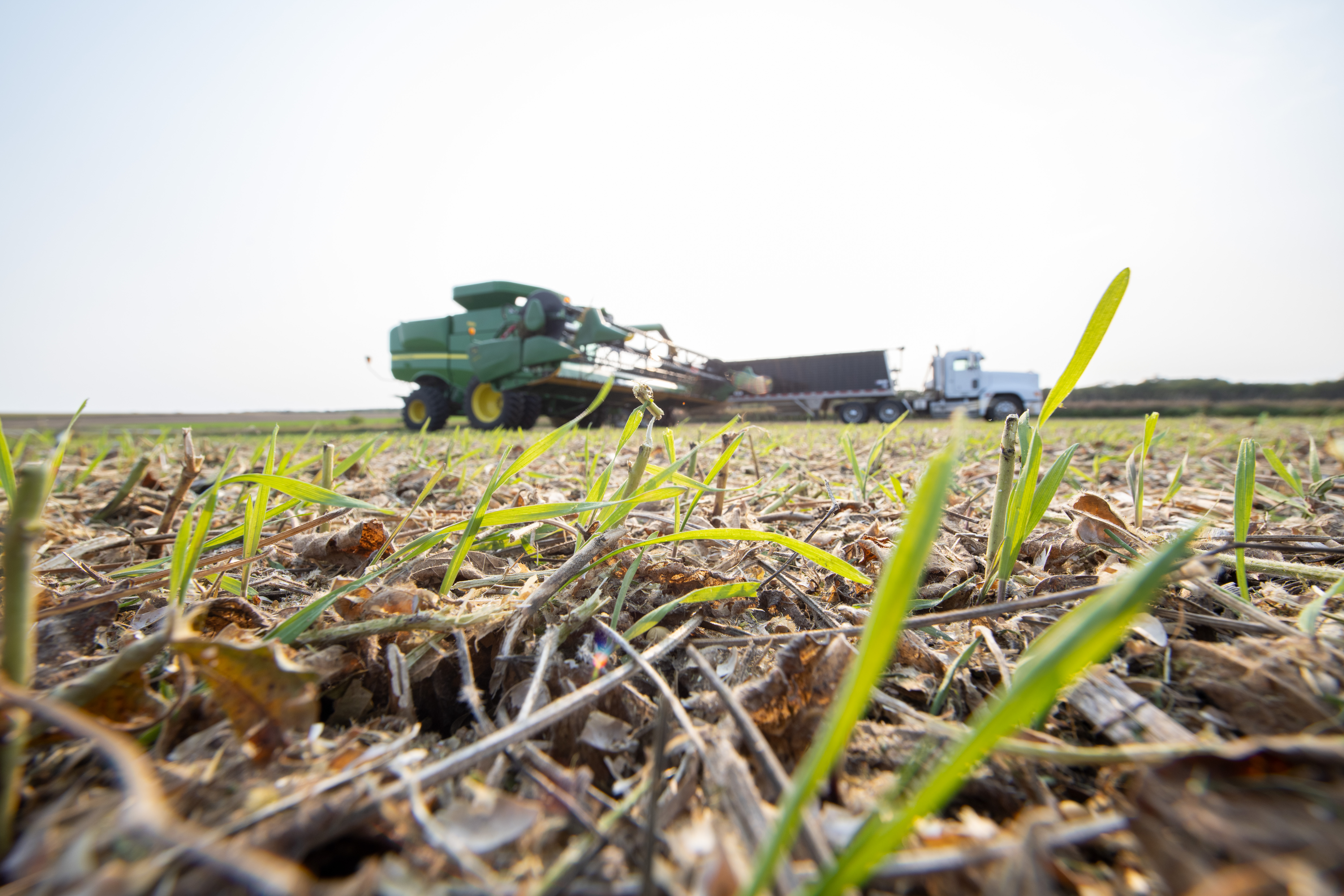
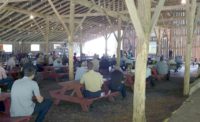
Report Abusive Comment